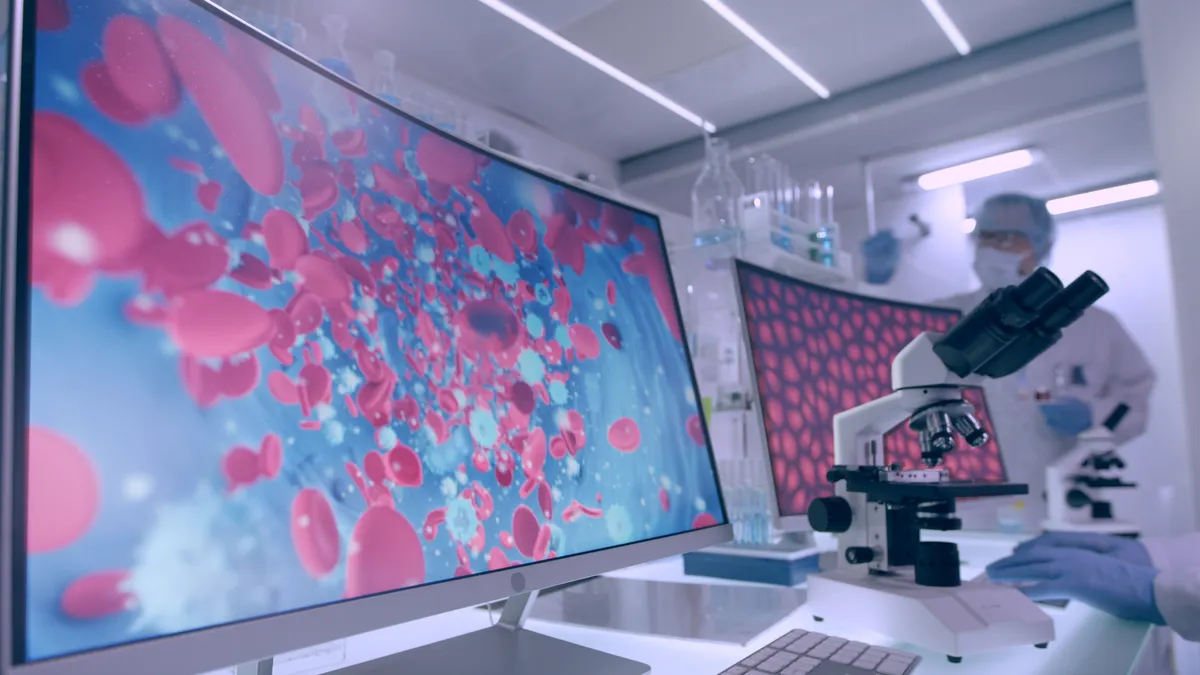ing to Mr. Getz, and the rise in protocol complexity represents a significant challenge for drug developers. The Tufts CSDD study, which quantified the impact of changes in protocol design on clinicaltrial performance, found that: . The annual growth rate of unique pro cedures per protocol grew 6.5% between 1999 and 2005. . Clinical trials are taking longer : between 1999 to 2002 and 2003 to 2006, total time from protocol design readiness to database lock rose from 460 to 780 days, or 69.6%. . Volunteer enrollment rates dropped from 75% between 1999 and 2002 to 59% between 2003 and 2006, while volunteer retention rates declined from 69% to 48%. . The work effort required of investiga tive site personnel to administer clinical study protocols is rising faster than the rate of growth of unique procedures or their fre quency per protocol. In addition to complex trials, complex times, and complex environments for drug development, the media, legislators, regula tors, and the public continue to keep a sharp focus on safety issues.To the industry’s cred it, all involved in clinical research and opera tions also are keenly aware of what happens when development is forced to take a step back.We can’t lose sight of the ultimate goal: good, safe drugs. Taren Grom Editor Complex trials, complex times ately, it seems that for every step forward, compa nies have to take several steps back. Despite a continued focus on innovations in discovery platforms and technology advances to help speed processes, the clini cal arena remains fraught with obstacles and hurdles. For anybody in the trenches of drug development, you no doubt nodded your head in agreement upon reading the recent study completed by the Tufts Center for the Study of Drug Development, which stated that more complex clinicaltrial protocols are demanding more of investigative site personnel and study volunteers, leading to longer clinical trials and increasing difficulty in recruiting and retaining patients. These major themes are explored by the exper ts who generously provided their insights to this VIEW’s Forum, as well as by the thought leaders who presented their visions in the contributed editorial articles that span everything from clinical trials to technology issues to global trials to patient recruitment to QT trials and regulatory guidelines. Ken Getz, a senior research fellow at the Tufts Center and lead investigator on the study, notes that during the past decade there has been a steady increase in the num ber and frequency of procedures per proto col and a similar rise in the number of enroll ment eligibility criteria and pages per case report form.These protocol design changes are largely due to a change in the types of diseases under investigation and intensifying competition among drug developers. Dr. Ren Belder, senior VP, clinical and reg ulatory affairs, at Pharmacopeia Inc., sums up the current situation quite succinctly: all of the lowhanging fruit have have been plucked and targets have become harder to identify. Furthermore, he says even though the industry understands a lot more about biol ogy and molecular mechanisms the knowl edge base on how to interfere with these systems hasn’t caught up. The increasing complexity of protocol designs is contributing to the growing time, cost, and risk of drug development, accord L PUBLISHER Lisa Banket EDITOR Taren Grom CREATIVE DIRECTOR Marah Walsh EDITORS Carolyn Gretton Denise Myshko Kim Ribbink DESIGN ASSOCIATE Cathy Liszewski NATIONAL ACCOUNT MANAGER Cathy Tracy SALES REPRESENTATIVE Kate Guerrierro Copyright 2008 by PharmaLinx LLC, Titusville, NJ Printed in the U.S.A. Volume Six, Number Three VIEW is published as a special issue to Pharma VOICE, which is published monthly except August and December, by PharmaLinx LLC, P.O. Box 327, Titusville, NJ 08560. Periodicals postage paid at Titusville, NJ 08560 and additional mailing offices. Postmaster: Send address changes to PharmaVOICE, P.O. Box 292345, Kettering, OH 454290345. VIEW and PharmaVOICE Coverage and Distribution: Domestic subscriptions are available at $190 for one year (10 issues plus VIEWs). Foreign subscriptions: 10 issues plus VIEWs US$360. Contact PharmaLinx at P.O. Box 327, Titusville, NJ 08560. Call us at 609.730.0196 or FAX your order to 609.730.0197. Contributions: The VIEW and PharmaVOICE are not responsible for unsolicited contributions of any type. Unless otherwise agreed in writing, The VIEW and PharmaVOICE retain all rights on material published in The VIEW and PharmaVOICE for a period of six months after publication and reprint rights after that period expires. Email: [email protected]. Change of address: Please allow six weeks for a change of address. Send your new address along with your sub scription label to PharmaVOICE, P.O. Box 292345, Kettering, OH 454290345. Call us at 800.607.4410 or FAX your change to 937.890.0221. Email: [email protected]. IMPORTANT NOTICE: The post office will not forward copies of this magazine. The VIEW and PharmaVOICE are not responsible for replacing undelivered copies due to lack of or late notification of address change Advertising in VIEW or PharmaVOICE: To advertise in a VIEW or PharmaVOICE please contact our Advertis ing Department at P.O. Box 327, Titusville, NJ 08560, or telephone us at 609.730.0196. Email: lbanket@phar mavoice.com. www.pharmavoice.com Volume 6 . Number 3 Send your letters to feedback@pharma linx.com. Please include your name, title, company, and business phone number. Let ters chosen for publication may be edited for length and clarity. All submissions become the property of PharmaLinx LLC. Letters VIEW ON CLINICAL OPERATIONS A SUPPORTING PUBLICATIONTO PHARMAVOICE Taren Grom Stop by Booth No. 1200 at the DIA Annual Meeting to find out what’s new in the clinical arena. LETTER FROMTHE EDITOR 3 VIEW on Clinical Operations June 20 08 0608 pvv layout FINAL 5/29/08 11:44 PM Page 3
An article from


Letter from the Editor
Filed Under:
Research & Development









